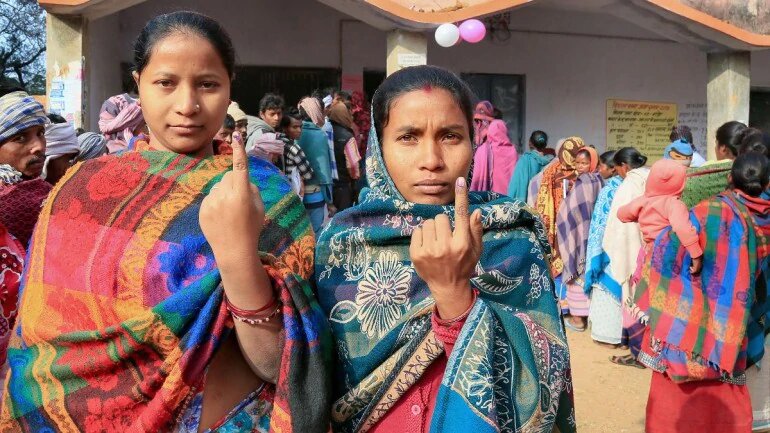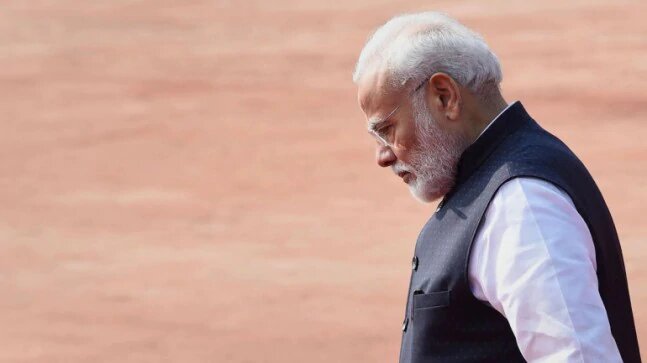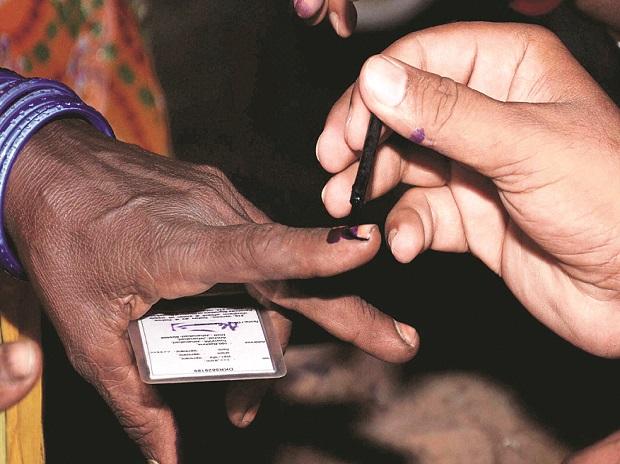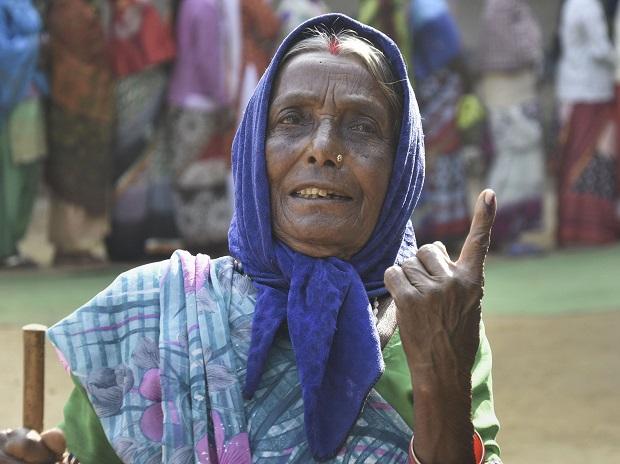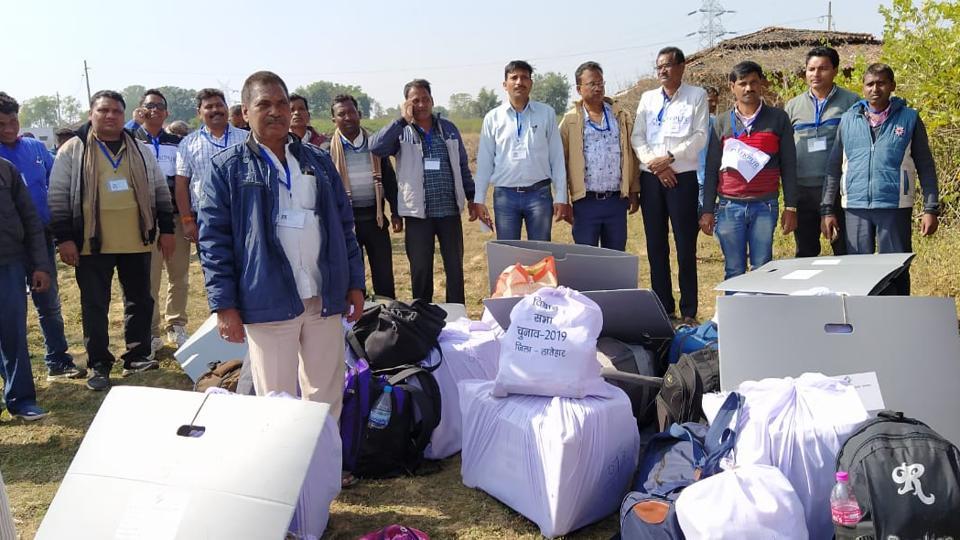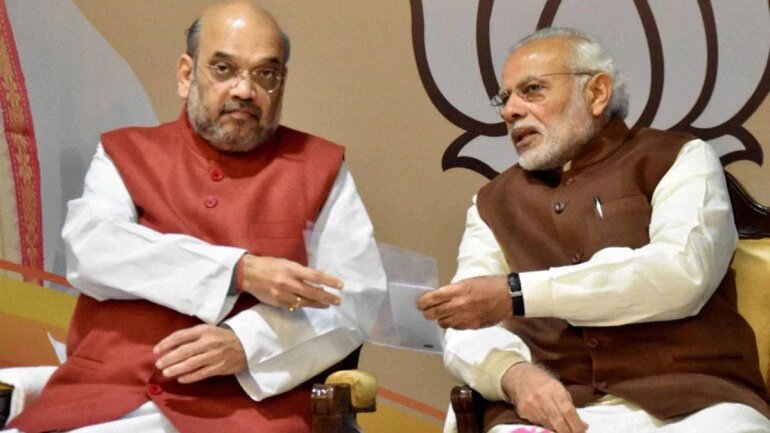Source – indiatoday.in
Votes for the Jharkhand Assembly election are being counted with the India Today-Axis My India exit poll predicting 22-32 seats for the ruling BJP, and 38-50 seats for the Jharkhand Mukti Morcha (JMM)-Congress alliance. As per the exit poll, JVM-P could win two to four seats while AJSU Party three to five and others four to seven. Jharkhand voted in five phases between November 30 and December 30 to elect a new government in the state.
Here’s all you need to know as results for the elections to the 81-member state assembly are announced.
1. The counting of votes for 81 Jharkhand Assembly seats began at 8 am. The counting of votes is taking place in all the 24 district headquarters. The maximum rounds of counting will take place at Chatra with 28 rounds and lowest round at two seats. Results will emerge by Monday afternoon.
2. Jharkhand is the third state to go to the polls since Prime Minister Narendra Modi returned to power at the Centre on the back of a landslide BJP victory in the 2019 Lok Sabha elections.
3. Jharkhand voted between November 30 and December 30. The overall voter turnout was recorded at 65.17 per cent. Voting passed off peacefully across Jharkhand’s 81 assembly constituencies. This was the first time in the state’s 19-year history that voting took place without any violence by Maoists.
4. The primary contest in the Jharkhand assembly election is between the ruling Bharatiya Janata Party (BJP) and the alliance between the Congress and the Jharkhand Mukti Morcha (JMM).
5. Bharatiya Janata Party (BJP), Jharkhand Mukti Morcha (JMM), Congress, Rashtriya Janata Dal (RJD), All Jharkhand Students’ Union (AJSU) and Jharkhand Vikas Morcha-Prajatantrik (JVM-P) are among the major political parties which are in the fray in the tribal-dominated state.
6. Among key candidates in Jharkhand, Raghubar Das is contesting from the Jamshedpur East seat against his ex-cabinet colleague Saryu Rai and Congress candidate Gourav Vallabh. Former Chief Minister Hemant Soren is the fray from two seats. He is pitted against Social Welfare Minister Louis Marandi at Dumka.
7. Former Chief Minister and Jharkhand Vikas Morcha-Prajantarik (JVM-P) president Babulal Marandi is fighting from Dhanwar Assembly seat. The AJSU president, who lost the 2014 Assembly poll, is trying his luck again from Silli seat.
8. Most exit polls for the Jharkhand assembly election have predicted a hung assembly in the state with an advantage to the Congress-JMM alliance. The India Today-Axis My India exit poll had the BJP winning between 22 and 32 seats, and the JMM-Congress alliance between 38 and 50 seats.
9. A party or alliance needs to win at least 41 seats to form government in Jharkhand.
10. After the 2014 Jharkhand assembly election, the BJP formed government under CM Raghubar Das, who went on to become the only chief minister to complete a full five-year term in the state. The BJP ran the government in alliance with the All Jharkhand Students Union (AJSU). However, the two contested the 2019 Jharkhand assembly elections separately.
